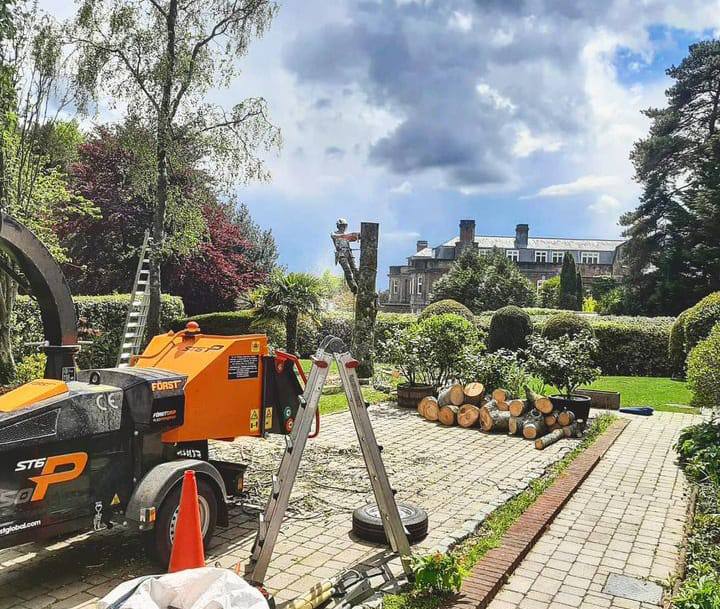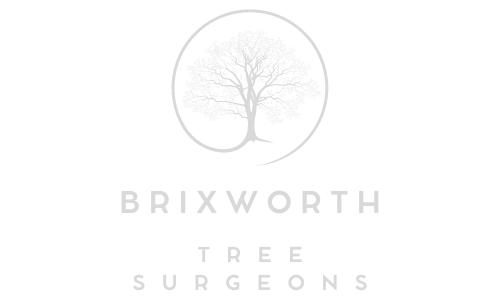The Most Common Tree Surgery Procedures (And When You Need Them)
Caring for trees is not just about cutting them down or trimming a few branches. Tree surgery is a highly skilled discipline that involves a variety of techniques to maintain tree health, manage safety, and enhance the appearance of outdoor spaces. Each procedure has a specific purpose and should be carried out by a qualified professional who understands the structure and biology of trees.
At Brixworth Tree Surgeons, we offer expert tree care services throughout Brixworth, Northamptonshire. In this article, we’ll explore the most common tree surgery procedures and explain when each one is required to keep your trees — and property — in excellent condition.
Why Tree Surgery Matters
Tree surgery is essential for a number of reasons, including:
- Ensuring safety around homes, roads, and public spaces
- Preventing disease or decay from spreading
- Encouraging healthy growth and structure
- Improving light and airflow in gardens
- Preserving the natural beauty of the landscape
Choosing the correct type of tree work at the right time can help avoid major issues and prolong the life of your trees.
Common Tree Surgery Procedures
1. Crown Reduction
Crown reduction involves reducing the overall height or spread of a tree’s canopy while maintaining its natural shape. This is typically done to reduce weight on the limbs, allow more light into a property, or prevent interference with buildings and power lines.
When you might need it:
- The tree is growing too close to structures or overhead cables
- The crown is too dense, blocking sunlight or wind
- To reduce stress on branches following storm damage
- For general size management while keeping the tree healthy
2. Crown Thinning
Crown thinning removes selected branches from within the crown to reduce density without changing the overall size or shape. This allows more light and air to pass through the tree, which can benefit both the tree and the area below.
When you might need it:
- The tree is casting excessive shade on a garden or building
- Wind resistance needs to be reduced to prevent uprooting
- To improve light levels for lawn or understory plants
- As part of regular maintenance for mature trees
3. Crown Lifting
Crown lifting involves removing the lower branches of a tree to raise the height of the canopy. This improves access beneath the tree and can enhance visibility and safety.
When you might need it:
- Branches are obstructing footpaths, driveways, or roads
- The tree is overhanging buildings or garden structures
- To increase space for vehicles or garden maintenance
- To allow more light into lower levels of the property
4. Pollarding
Pollarding is a technique where the upper branches of a tree are removed to encourage new growth. It’s usually carried out from a young age and maintained at regular intervals to manage size and shape.
When you might need it:
- For trees planted in confined urban spaces
- To control tree height and encourage dense, manageable growth
- On species that respond well to heavy pruning, such as willows or poplars
- When space or local regulations require strict tree control
5. Deadwood Removal
Deadwood removal is the selective cutting of dead, dying, or diseased branches. This is an essential part of tree maintenance and should be carried out regularly.
When you might need it:
- There are visible dead or broken branches
- Deadwood is posing a risk to people, vehicles, or property below
- As part of health and safety maintenance in public or private gardens
- To reduce the risk of pests or decay spreading into healthy wood
6. Tree Felling and Removal
Felling is the complete removal of a tree, either as a straight fell (in one piece) or through sectional dismantling where space is limited. This is generally considered a last resort but may be necessary in certain situations.
When you might need it:
- The tree is dead, diseased, or structurally unstable
- It poses a serious risk to people or buildings
- Planning permission requires removal for development
- The tree is invasive or out of place in the landscape
7. Stump Grinding
After a tree has been removed, the stump can remain an obstacle and a potential source of regrowth. Stump grinding removes the stump to below ground level using specialist equipment, allowing for replanting or landscaping.
When you might need it:
- You want to use the space for new planting or construction
- To prevent tripping hazards or interference with garden maintenance
- To stop regrowth from the old stump
- To remove a rotting stump that could attract pests
Choosing the Right Time for Tree Surgery
The timing of tree work can significantly affect the outcome. Most non-emergency procedures are best carried out during late autumn or winter, when trees are dormant and leafless. However, this can vary depending on species, nesting seasons, and weather conditions.
At Brixworth Tree Surgeons, we provide seasonal guidance and ensure all work is carried out in line with best practices and local environmental regulations in Brixworth, Northamptonshire.
The Importance of Professional Tree Care
While it may be tempting to carry out tree work yourself, improper pruning or cutting can lead to long-term damage, structural instability, or even tree loss. It can also pose significant health and safety risks if not performed correctly.
Our team at Brixworth Tree Surgeons is fully trained, insured, and experienced in delivering tree surgery services that protect both your trees and your property. We follow British Standards (BS3998) for tree work to ensure safe and effective results.
Conclusion
Tree surgery is a vital part of managing trees in both domestic and commercial settings. From crown reductions to stump grinding, each procedure serves a specific purpose and helps maintain healthy, safe, and attractive trees.
If you’re unsure which service your trees require, Brixworth Tree Surgeons is here to help. Based in Brixworth, Northamptonshire, we offer expert advice, free site assessments, and professional tree care services tailored to your needs. Contact us today to find out how we can support the health and safety of your trees.
Call us on: 01604 279 593
Click here to find out more about Brixworth Tree Surgeons
Click here to complete our contact form and see how we can help with your tree needs.

